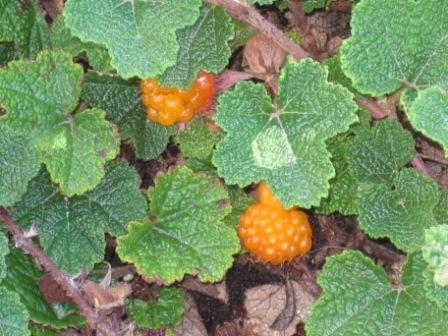One of my colleagues emailed me a couple of pictures last week taken in Puyallup, WA. As you can see, there’s a trellis supporting a massive old trunk…

…and crown…

of an ancient Hedera helix ‘Baltica,’ a cultivar of English ivy.
For those of you not in Washington or Oregon state, English ivy is a designated noxious weed. Thousands of dollars and hours of labor are spent on removing this species from forested areas in Washington state, where it crowds out native species and increases tree failure simply through the weight of vegetation. It is not a well-mannered ornamental in our climate.
So why, you may ask, is this particular English ivy prominently displayed and obviously cultivated? Chris Pfeiffer (my colleague) found out that it had been planted by Mrs. Ezra Meeker, wife of the founder of Puyallup, over 140 years ago at their original homestead. It is part of Puyallup’s cultural history and is considered a heritage “tree.”
But as you can see in the second photograph, the ivy is in flower and presumably will set seeds, thus contributing to the invasive problem. I don’t know enough about the City’s management plan for this specimen, but I doubt it includes removal of the flowers before seed set.
So what should communities do in situations like this? I think the city needs to remove the flowers, though this would be a labor intensive activity. But it would only take one person a few hours to hand prune the flowers.
I’ll be curious to hear what you all think, and whether you have seen similar collisions between historical significance and appropriate plant choices.

